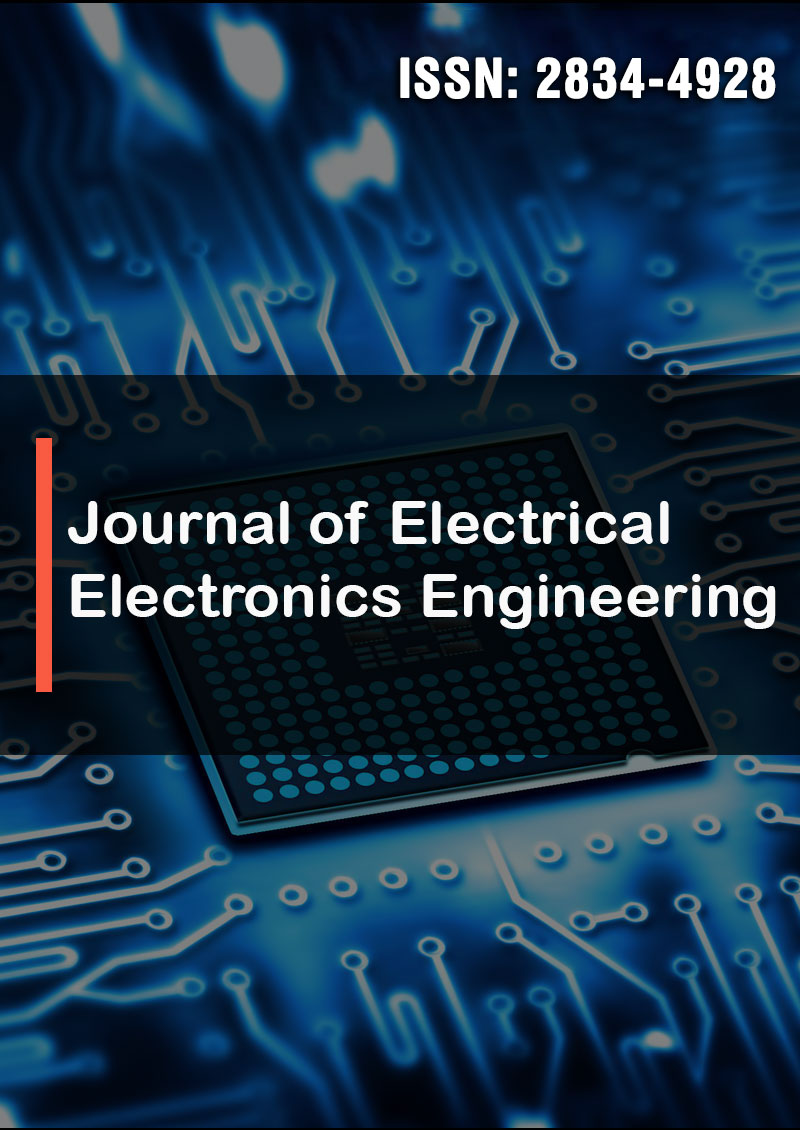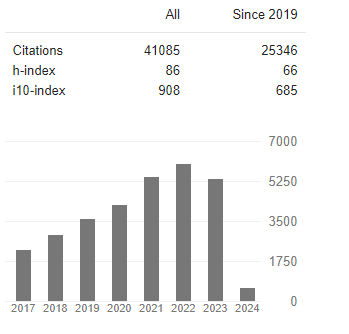Enhancing Understanding of Driving Attributes through Quantitative Assessment of Driver Cognition
Abstract
Pallabjyoti Kakoti, Mukesh Kumar Kamti, Rauf Iqbal and Eeshankur Saikia
This paper presents a novel approach for analysing EEG data from drivers in a simulated driving test. We focused on the Hurst exponent, Shannon entropy, and fractal dimension as markers of the nonlinear dynamics of the brain. The results show significant trends: Shannon Entropy and Fractal Dimension exhibit variations during driving condition transitions, whereas the Hurst exponent reflects memory retention and habit formation portraying learning patterns. These findings suggest that the tools of Non-linear Dynamical (NLD) Theory as indicators of cognitive state and driving memory changes, and open up new possibilities for assessing driver performance, identifying safety risks, and advancing the understanding of non-linear dynamics of human cognition in the context of driving and beyond. Our study reveals the potential of NLD tools to elucidate brain state and system variances, enabling their integration into current Deep Learning and Machine Learning models. This integration can extend beyond driving applications and be harnessed for cognitive learning, thereby improving overall productivity and accuracy levels.




